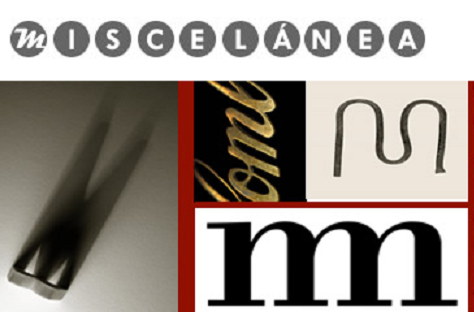Strictly Ballroom (1992): Departure from Traditional Anglo-Australian Discourses or Veiled Confirmation of Old National-Encouragement Mechanisms?
DOI:
https://doi.org/10.26754/ojs_misc/mj.200510122Palabras clave:
Australia, Cine, Baz Luhrmann, Inter-étnico, Identidad, DiscursoResumen
Este artículo explora las formas en que el largometraje australiano Strictly Ballroom (Baz Luhrmann, 1992) representa en la pantalla los conflictos interétnicos entre la cultura australiana dominante y la minoría española. Aunque la década de 1990 representa un mayor interés por la realidad multicultural del país, la película de Luhrmann demuestra carecer de especificidad en su tratamiento de las cuestiones étnicas, que permanecen reprimidas o sumergidas al amparo de una actitud más "políticamente correcta" que favorece el discurso oficial "austrocéntrico". Intentaré demostrar que, a pesar de la importancia del personaje femenino español para el desarrollo y la resolución de los principales conflictos de la película, la narrativa de Strictly Ballroom acaba realzando por encima de todo los valores masculinos blancos ingleses e irlandeses que tradicionalmente han definido el "tipo nacional" de la cultura australiana.
Descargas
Referencias
ÁLVAREZ JUNCO, José. 1996. “The Nation-Building Process in Nineteenth-Century Spain”. In Marmolinero, C. and A. Smith. (eds.). Nationalism and the Nation in the Iberian Peninsula: Competing and Conflicting Identities. Oxford: Berg: 89-106.
BHABHA, Homi. 1994. The Location of Culture. London: Routledge.
CALLAHAN, David. 2001. “His Natural Whiteness: Modes of Ethnic Presence and Absence in Some Recent Australian Films”. In Craven, Ian (ed.). Australian Cinema in the 1990s. London and Portland, Or: Frank Cass: 95-114.
ENKER, Debi. 1994. “Australia and Australians”. In Murray, Scott. (ed.).: 211-225.
GIBSON, Ross. 1994. “Formative Landscapes”. In Murray, Scott. (ed.).: 45-61. hooks, bell. 1992. Black Looks. Race and Representation. Boston: South End Press.
KUMIN, Laura. 1999. “To Live is to Dance”. In Thatcher Gies, David. (ed.). The Cambridge Companion to Modern Spanish Culture. New
York: Cambridge U. P.: 298-309.
MATTHEWS, Sue. 1984. 35 mm Dreams. Conversations with Five Directors about the Australian Film Revival. Ringwood, Victoria: Penguin Books.
MURRAY, Scott. (ed.). 1994. Australian Cinema. Sydney: Allen and Unwin.
O’REGAN, Tom. 1996. Australian National Cinema. London and New York: Routledge.
QUINN, Karl. 1994-5. “Drag, Dags and The Suburban Surreal”. Metro Magazine 100: 23-26.
RAYNER, Jonathan. 2000. Contemporary Australian Cinema. Manchester and New York: Manchester U. P.
SCHAFFER, Kay. 1990. Women and the Bush. Forces of Desire in the Australian Cultural Tradition. Cambridge: Cambridge U. P.
SHOHAT, Ella and Robert STAM. 1994. Unthinking Eurocentrism. Multiculturalism and the Media. London and New York: Routledge.
TAYLOR, Ronnie. 1992. “Baz Luhrmann’s Strictly Ballroom”. Cinema Papers 88: 8-10.
WHITLAM, E.G. 1994. “Introduction”. In Murray, Scott. (ed.).: 1-5.
YOUNG, Robert J.C. 1990. White Mythologies. Writing History and the West. London: Routledge.
Websites
http://www.abs.gov.au/ausstats/ABS@.nsf/94713ad445ff1425ca25682000192af2/9ce698f1be81bcb7ca2569de0025c18d!OpenDocument (retrieved 25/01/2001).
Descargas
Publicado
Número
Sección
Licencia

Esta obra está bajo una licencia internacional Creative Commons Atribución-NoComercial 4.0.


